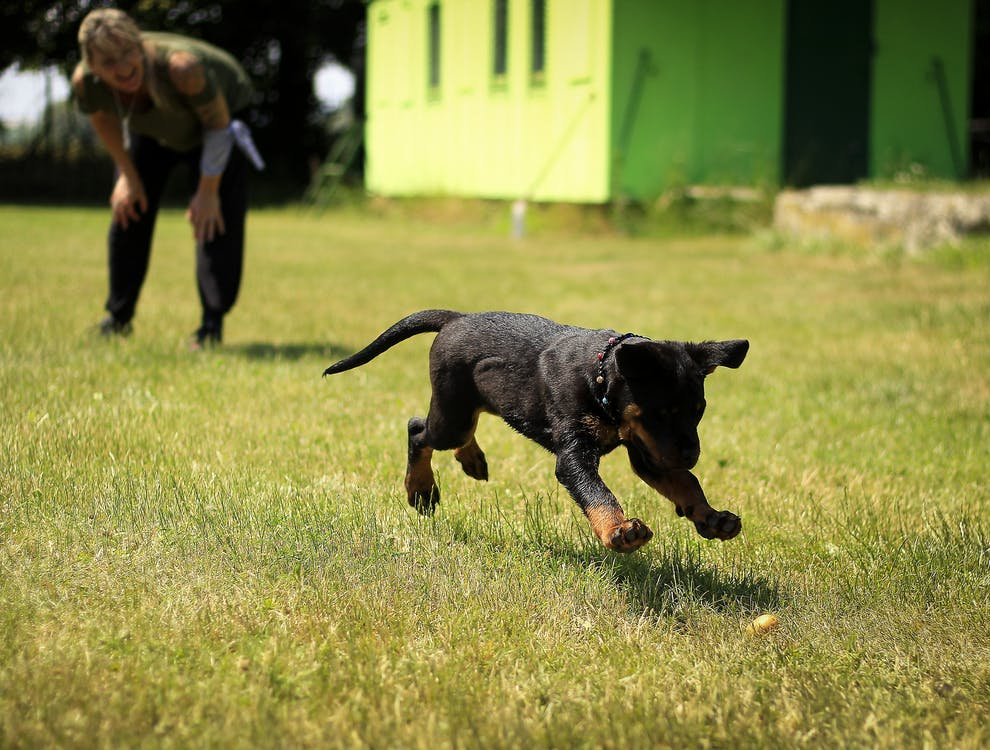Most dogs are readily accepting of most people. However, some are aggressive and need to be approached in a specific manner. You need dog-handling skills when dealing with aggressive dogs, and dog handlers are people specifically trained in this and other areas.
Dog handling involves training dogs to behave desirably. For instance, while pet dogs are trained to accept new people, dogs used for security are trained to recognize and control aggressive people.
If your dog is not aggressive but lacks basic skills like proper house training, you can train it without the help of a trainer. However, if your dog is unruly and won’t let you put a leash on it, you may need to hire a professional dog trainer. Apart from naturally aggressive dog breeds, other dogs that may need professional handling include rescued animals and those who are injured or sick.
Professional dog handlers are trained to recognize numerous specific dog behaviors. They understand that dogs have evolved to mirror their handler’s demeanor, so they will tailor their behavior to a particular animal. For instance, a high-pitched voice and eye contact may aggravate an aggressive dog. Skilled in keeping such dogs calm, the dog handler will know how to avoid displaying threatening body language.
Some people train dogs as a hobby, while others do it professionally. Professional dog trainers can be found working in security and law enforcement, as well as with animal sanctuaries and veterinary organizations. Some train dogs for search and rescue missions and some for movie stunts, while others train companion dogs for people with disabilities.
If you want to become a professional dog handler, you may need to complete a dog-handling program. You will learn how to approach dogs and make a good first impression. You'll also learn how to recognize and address troublesome behaviors in dogs and how to reinforce proper behavior.
However, there are things no course can teach you, but which are essential for success as a dog handler, including compassion and a passion for animals. It's recommended that before you take a dog-handling course, start by training your family pet to see if you have the patience to see a behavior change through. If you do not have a dog in your household, you could volunteer at a local animal sanctuary or offer to walk your neighbor’s dog. Try teaching it something specific, such as catching and returning a Frisbee or obeying a command such as "sit" or "speak."
You can teach yourself basic to advanced dog handling skills, but completing a professional program will help you stand out if you wish to do this work for a living. If you cannot afford it, consider apprenticing with a professional. An established dog trainer will teach you dog handling as well as people skills. Both will come in handy when working with pet owners.
In a largely unregulated industry, anyone can claim to be a dog handler. If you are looking to work with a dog trainer, be sure to perform due diligence. For instance, if someone presents themselves as a dog behaviorist or canine behavior consultant, ask them to provide any relevant credentials, as it takes formal training in applied animal behavior and professional certification to become an animal behaviorist.
Dog training is an in-demand skill, and many people make it their career. However, it takes commitment, patience, and consistency to go from someone who can manage a well-trained dog to one who does the training.



